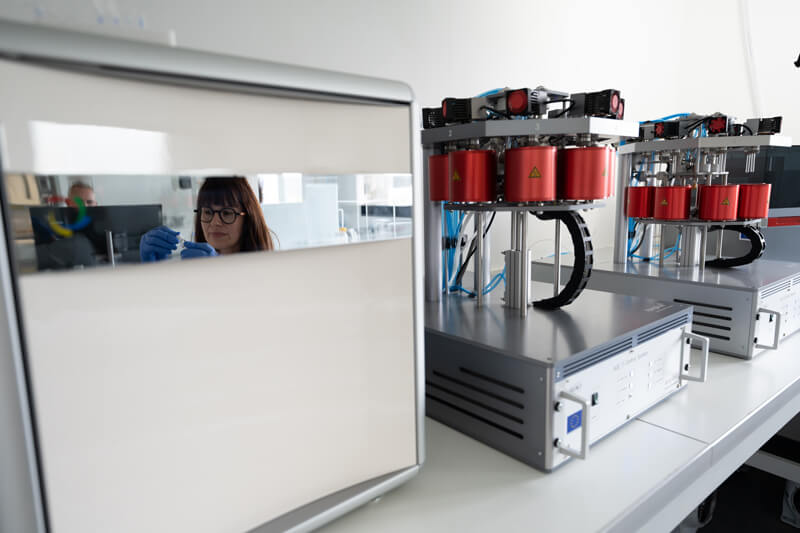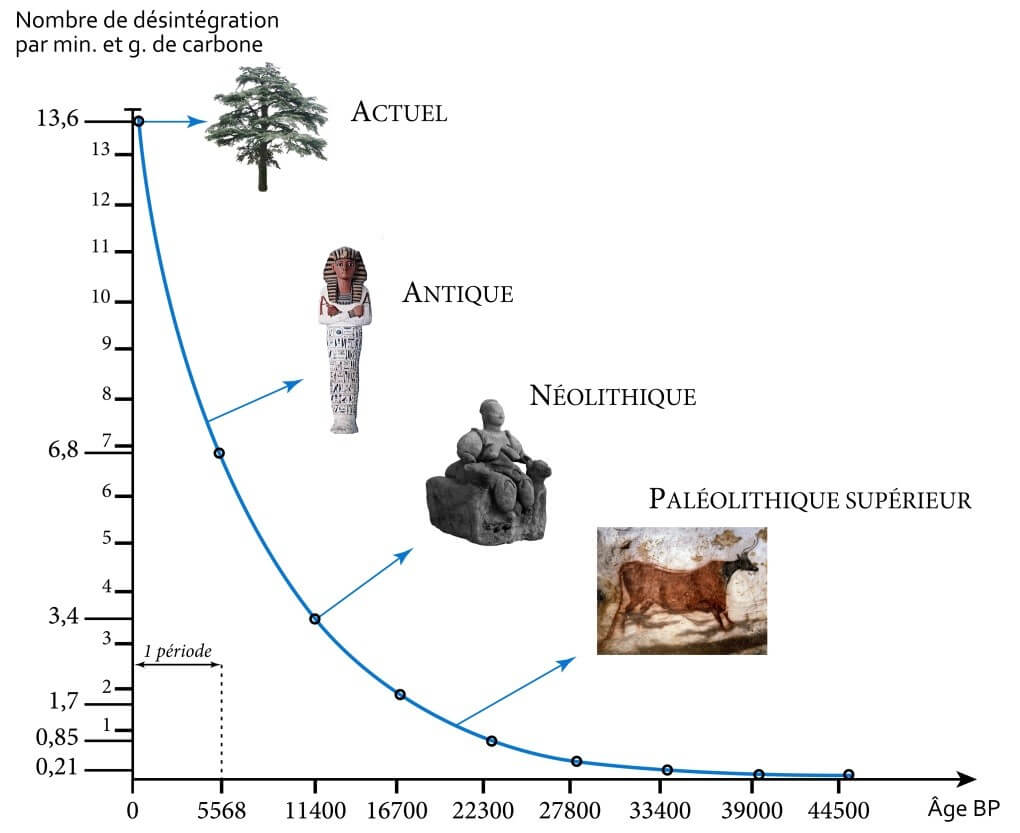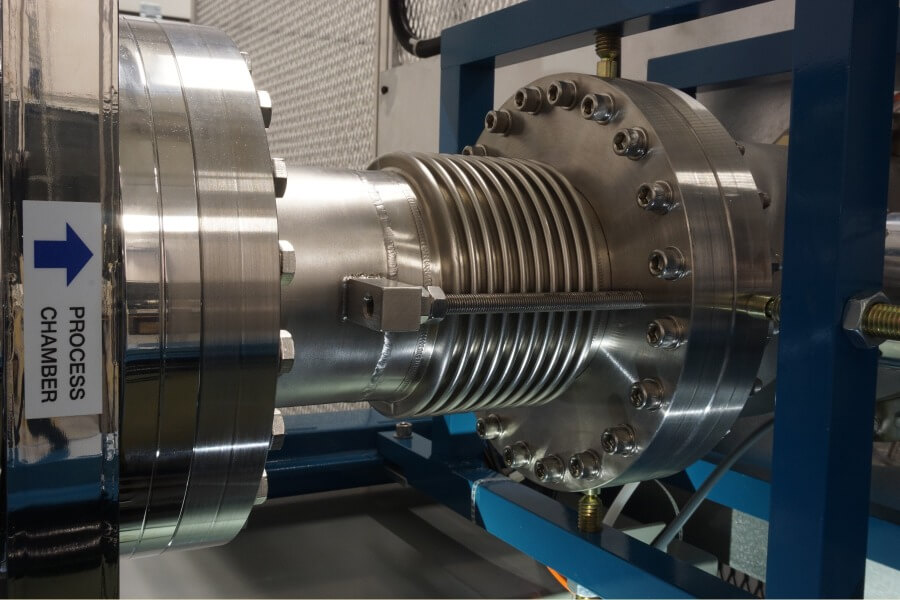
DATING WOOD, IVORY, PAPER
To perform scientific analysis and dating of artwork, it is important to identify the materials present. Wood, ivory, paper, depending on the composition, we adapt our methods. Study of organic materials or even radiocarbon analysis, our teams of scientists adapt the techniques according to the materials.
World leader in carbon-14 dating of artwork
Our laboratory engineers perform all the steps that constitute a carbon-14 dating: from sample pretreatment, elemental analysis, stable isotope analysis, graphitization, 14C measurement, isotope fractionation, pMC measurement, gross age dating to calibration of results.
Laboratory carbon-14 analysis
Carbon-14 (or radiocarbon) dating is an essential step in defining the age of materials. The carbon-14 test will determine the time elapsed since the death of the organism (felling of a tree or cutting of ivory for example). This method is valid for all organic materials, such as wood, ivory, paper, cardboard, bone, leather, or even all plant fibers.
A living organism accumulates carbon 14 throughout its life. When it dies, the amount of carbon-14 decreases over time (its concentration is divided by two every 5568 years). It is by measuring the ratios of different carbon isotopes that an object can be dated.

RESULT CALIBRATION Based on time and origin
The amount of carbon-14 remaining in a material is therefore proportional to its age. This is called the radiocarbon age, which is expressed in “before present” years, BP, (e.g. 730 ± 20 years BP). The “present of carbon 14” was set at 1950 by the inventor of the method, Willard Frank Libby. The radiocarbon age is calculated by assuming that the concentration of carbon 14 has been constant in space and time.
Today, we know that this is not the case and that carbon 14 contents vary according to solar activity, climate change, or industrial activity for example. The results obtained in a first approach must therefore be corrected; this is called calibration of the results. Calibration curves have been constructed by the scientific community and they allow the BP age to be transformed into calibrated date intervals associated with a probability percentage (for example 730 ± 20 years BP corresponds after calibration to the interval 1260 – 1290 AD. – 95.4% probability).

In our laboratories, teams of CIRAM scientists proceed to:
Pre-processing and Graphitization
The samples are not analyzed directly after their collection. They must undergo chemical pre-treatment (ABA), in order to remove all potential pollutants (varnish, glue, patina, concretions…) and to extract the datable material.
Cellulose for wood or paper, collagen for ivory, keratin for horn… Then our researchers and engineers will extract the carbon from the material and transform it into graphite (pure carbon).
The measurement of carbon 14 or pMC
The measurement of carbon 14 is performed on a graphite target by a particle gas pedal coupled to a mass spectrometer (AMS). The 14C/12C and 13C/12C isotopic ratios are measured to obtain the pMC value (percentage of modern carbon) and the gross age (before present dating). This measurement is made taking into account the isotopic fractionation.
Calibration and authentication
After the measurement, our engineers will calibrate the raw age, in order to obtain the only relevant information, namely the calibrated dates. CIRAM will also take into account the modernity markers, in order to pronounce on the antiquity or modernity of the objects.
With atmospheric nuclear testing, organisms that lived after 1950 contain more carbon-14 than those before 1954. This abnormally high content is a marker of modernity, so it is easy for our teams of scientists to tell the difference between a 19th or early 20th century artifact and a late 20th century copy.

Carbon-14 dating and beyond
Carbon 14 dating of objects made of ivory, paper, wood, canvas… is an essential step in the authentication of your works of art. However, it does not answer all the problems. It may be coupled with xylology, which determines the species of wood and can provide our engineers with information on geographical origin.
We may also use X-ray radiography or 3D scanning to observe the internal structure of objects, to identify areas of restoration or hidden elements.
CIRAM, a specialist in artwork dating since 2005
In order to deliver accurate dating of all your art objects, CIRAM integrates state-of-the-art carbon-14 analysis laboratories. Our teams of scientists couple the different methods in order to interpret the objective data to date and authenticate your works of art in wood, ivory, bone, paper… For more information about our laboratories and our methods for dating objects, contact-us.
> Discover CIRAM’s other fields of expertise:
